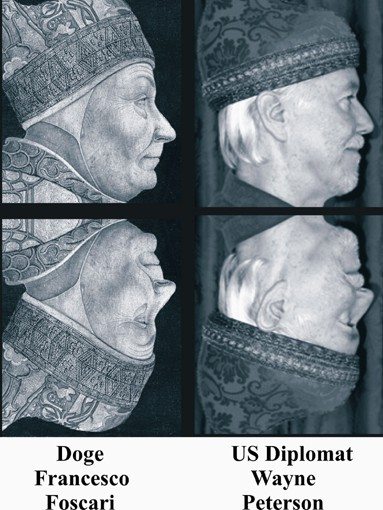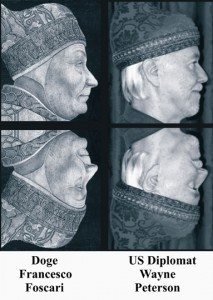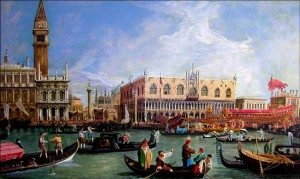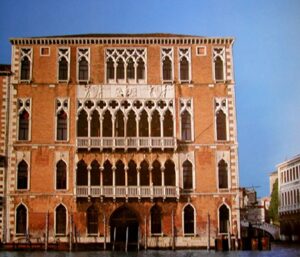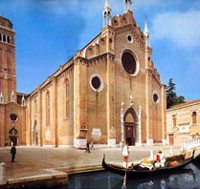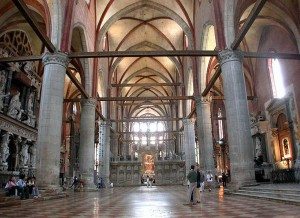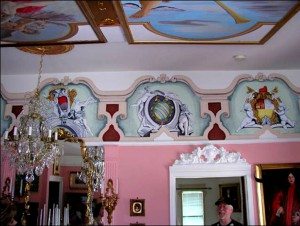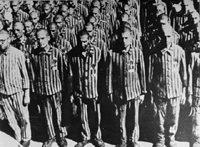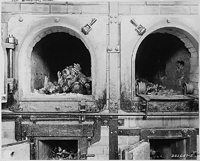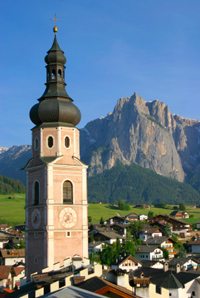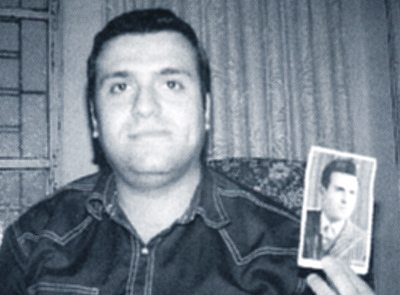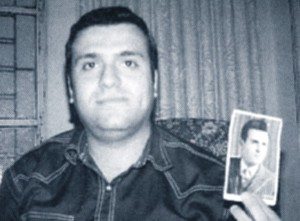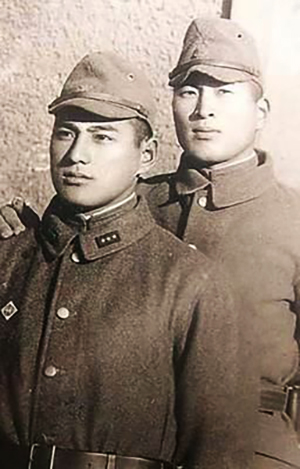 How derived: Past Life Memories in Childhood
How derived: Past Life Memories in Childhood
Researcher: Ian Stevenson, MD
From: Reincarnation and Biology, Volume 2, by Ian Stevenson, MD, pages 2025-2034
Article by: Walter Semkiw, MD
The Burmese Family of Thi, His Son Htwe and Daughter-In-Law Kyi During the WW II Japanese Occupation
During World War II, the Japanese invaded and occupied the country of Burma, which is now known as Myanmar.
On March 3, 1945, the British Army, fighting the Japanese, captured the Burmese town of Meiktila. The British then marched south towards the city of Pyawbe, encountering strong resistance from the retreating Japanese Army. The British captured Pyawbe on April 10, 1945.
Minlan, a village 3 kilometers or about 2 miles south of Pyawbe, was subsequently bombed by the Allies. As the Allied bombings occurred during daylight, Burmese villagers would flee their homes at sunrise and escape to the countryside to escape the bombings. The villagers then returned to their houses under the cover of night.
A couple that lived in Minlan during this time were U Chit Htwe, who worked as a blacksmith, and his wife, Daw Khin Kyi. The father of U Chit Htwe, whose name was U Shwe Thi, lived with the couple. For simplicity we will refer to the husband as Htwe, the wife as Kyi and Htwe’s father as Thi.
At sunrise, Htwe and Kyi would go to a pagoda, a Buddhist temple, in the countryside, to escape the horrors of war. Perhaps due to his age, Htwe’s father, Thi, remained at their home in Minlan to look after their property.
On about April 17, 1945, Minlan village endured an Allied bombing attack. It was about 3 PM in the afternoon when Allied planes bombed, and also strafed Minlan with machine gun fire.
Two Japanese Brother Soldiers Die on the Property of a Burmese Family and Reincarnate as Twin Girls, Born to the Burmese Woman Who Lived where the Brothers Died
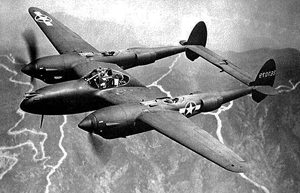 During this attack, Thi, the father of Htwe, observed two Japanese soldiers, armed with rifles, hand grenades and knives, running from the Allied aircraft attack towards the family’s property, which featured two tamarind trees. Thi thought the Japanese soldiers intended to kill him, so Thi jumped into a trench that his family had previously dug as a shelter from the weapons of war.
During this attack, Thi, the father of Htwe, observed two Japanese soldiers, armed with rifles, hand grenades and knives, running from the Allied aircraft attack towards the family’s property, which featured two tamarind trees. Thi thought the Japanese soldiers intended to kill him, so Thi jumped into a trench that his family had previously dug as a shelter from the weapons of war.
After the Allied attack from the air was over, Thi emerged from the trench and saw that the entirety of Minlan villiage was in flames. He saw that the two Japanese soldiers that had been advancing to his position had been killed and that they and their weapons were lying on the ground near the tamarind trees. Thi then ran from this carnage to the family’s refuge in the countryside at the Buddhist pagoda.
Three days after the attack on Minlan, Thi, his son Htwe and Htwe’s wife, Kyi, returned to the village to see what had become of their home. They found that their house had been destroyed by fire, but that the two tamarind trees of the property were still standing. These trees were about 10 meters or yards from their home.
Thi observed that the bodies of the two Japanese soldiers who had been killed near the tamarind trees had been removed. Japanese trucks had been destroyed and the bodies of other Japanese soldiers had been burned to death. The weapons of the deceased Japanese soldiers were absent, presumably taken by Burmese villagers.
As such, the deaths of the two Japanese soldiers who were killed during the Allied air attack on Minlan occurred around April 17, 1945.
Xenoglossy: Kyi, the Burmese Wife, Gives Birth to Twin Girls, Who Remember Past Lives as Japanese Soldiers and Who Speak a Foreign Language
About 7 months later on November 17, 1959, in Minlan, Kyi, at 22 years of age, gave birth to twin, fraternal girls, who Htwe and Kyi named Ma Khin San and Ma Khin Yin. For simplicity, we will refer to the twins girls as San and Yin.
 When the twins developed the ability to speak at 3 years of age, they spoke in a language that their Burmese family did not understand. They did not talk to their parents about their remembered past lives until 10 years later, when they were 13 years of age. The girls featured in the image to the right are wearing thakana paste on their faces, which is a beauty aid used in Burma.
When the twins developed the ability to speak at 3 years of age, they spoke in a language that their Burmese family did not understand. They did not talk to their parents about their remembered past lives until 10 years later, when they were 13 years of age. The girls featured in the image to the right are wearing thakana paste on their faces, which is a beauty aid used in Burma.
In the Burmese language, the twins, when they were 13 years old, made statements referring to past lives as Japanese brothers, soldiers who were killed in Burma during the war. The twins said that they were killed near the house that they had been born in.
Burmese Twin Girls San and Yin Recall their Past Lives as Japanese Soldiers
San said that she, in her past life, was the older brother to Yin. Specifically, San said that she was 3 years older than Yin in their past lives. In agreement, Yin reported to her family that she had been the younger brother of San.
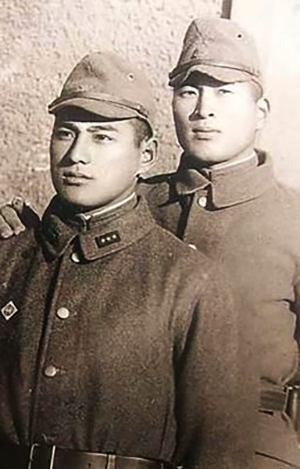 The twins reported that when San was 15 years old in her past lifetime, and Yin was 12 years old in her past incarnation, their father died. They said that they then lived with their mother, who did not have to work as she had independent wealth. They expressed much love for their past life mother. They remembered that their house in Japan faced south and that their roof was made of corrugated iron.
The twins reported that when San was 15 years old in her past lifetime, and Yin was 12 years old in her past incarnation, their father died. They said that they then lived with their mother, who did not have to work as she had independent wealth. They expressed much love for their past life mother. They remembered that their house in Japan faced south and that their roof was made of corrugated iron.
Burmese Twin Girls Remember Enlisting in the Japanese Army in their Past Lives
San related that when she was 18 years old in her past lifetime, she, as a Japanese teenager, decided to serve as a volunteer in the Japanese army. San’s younger past life brother, Yin, did not want to be separated from her older brother and despite the objections of their mother, also enlisted in the Japanese army.
Yin, though she was girl in her contemporary life, said regarding her past life decision: “He was determined to live or die together with his brother.”
They both, in their past lives, thought it was admirable to die for their country, Japan. They related that they had one year of military training in Japan and then were sent abroad to fight in the war.
The twins stated that they remembered fighting in Burma when the older brother was 25 years old and the younger 22. They related that neither of them had married before they deployed for the war.
The twins also related that San, the older Japanese brother, had an insignia of three lines and three stars, whereas the younger brother, Yin, only wore one star. The twins also reported that Yin, the younger brother, was taller than the older brother, San.
The twins stated that in their past Japanese lives, they were armed with long swords, revolvers and grenades. The twins stated they served in the same unit and were always together.
Burmese Twin Girls Remember The Past Life Allied Air Attack that Led to their Deaths
 The twins remembered that the Japanese retreated from Meiktila and that they found themselves in Minlan village. They recalled the Allied air attack on Minlan and that they ran for shelter in between two tamarind trees. They related that they sprawled on the ground in a small space between the trees. The twins stated they were killed in this spot, which was close to where they were reborn.
The twins remembered that the Japanese retreated from Meiktila and that they found themselves in Minlan village. They recalled the Allied air attack on Minlan and that they ran for shelter in between two tamarind trees. They related that they sprawled on the ground in a small space between the trees. The twins stated they were killed in this spot, which was close to where they were reborn.
After Life Communication: After Death, the Japanese Soldiers Visit their Mother in Japan, Who Cannot Perceive Them
The Burmese twins recalled that as they were dying as Japanese soldiers in their past lives, they thought of their mother in Japan and called for her help.
After dying, the twins said that they found themselves instantly in Japan where they saw their mother, but they could not communicate with her as she could not see or hear them. They felt sad and frustrated.
The twins related that they did not remember what happened to them after this moment with their past life mother until the age of three, at which time they began to remember their previous lives as if, “They were awakened from a dream.”
After the twins disclosed their past life memories to their family, they expressed nostalgia for Japan and voiced their desire to return to Japan. This plea to return to Japan continued until they were 16 years of age. This behavior was very unusual, as most Burmese despised the Japanese for the atrocities that they had committed against the Burmese population during WW II.
Burmese Female Twins Demonstrate Masculine Behavior Related to their Past Lives as Male Japanese Soldiers
Though the twins were female, they both demonstrated masculine behavior at least until they were 17 years of age. For example, they both preferred to wear trousers or pants rather than dresses.
Ian Stevenson, MD also noted in his documentation of these cases that the twins demonstrated “Japanese behavior.” For example, the twins showed marked animosity towards the British and Americans. They complained about the heat in Burma and the spiciness of the food. The twins also had hot tempers and when angry, they would slap the face of those who annoyed them. Slapping of the face by Japanese soldiers was frequently observed by the Burmese when the Japanese soldiers felt disrespected by subordinates.
Burmese Female Twins have Physical Traits Reflecting their Past Lives as Male Japanese Soldiers
Ian Stevenson noted that the physiques of the twins seemed to match their past life personas.
For example, Tin, who recalled being the younger Japanese brother, was 4 cm or about 2 inches taller than Yin. This corresponded to the different heights of the Japanese brothers whose lives they remembered.
Evidence and Principles of Reincarnation-Understanding Past Lives
 Planning of Lifetimes and Relationships Renewed through Reincarnation: Two Japanese brothers who died together in WW II reincarnated as twin girls. Ian Stevenson, MD compiled 31 sets of twins who recalled their past lives in childhood. In 100 percent of these cases, the twins had significant past life relationships, demonstrating how souls plan lifetimes to be reunited with loved ones. To learn more, please go to:
Planning of Lifetimes and Relationships Renewed through Reincarnation: Two Japanese brothers who died together in WW II reincarnated as twin girls. Ian Stevenson, MD compiled 31 sets of twins who recalled their past lives in childhood. In 100 percent of these cases, the twins had significant past life relationships, demonstrating how souls plan lifetimes to be reunited with loved ones. To learn more, please go to:
Change of Nationality and Ethnic Affiliation: The Japanese brothers who fought the Burmese died and reincarnated into the ethnic population that they had fought against, demonstrating how war is self-defeating.
Change of Gender in Reincarnation Cases: The Japanese male soldiers who fought the Burmese, reincarnated as Burmese twin girls. The girls demonstrated masculine behavior.
A similar case involving a Japanese soldier who was reborn as a girl to a Burmese mother, in which the girl demonstrated male traits, even to the point of becoming a lesbian, can be reviewed at the following page:
A Japanese Male Soldier, a Cook, Reincarnates as Burmese Girl
Xenoglossy: As children, San and Yin were overheard speaking to each other in a language their parents did not understand. It is likely that the twins were speaking in their past life language, Japanese.
Physical Resemblance in Reincarnation Cases: Though there was no documentation of facial features in these cases, the heights of the Japanese soldiers corresponded to their reincarnations as twins.
Spirit Beings in Reincarnation Cases: The twins reported after they were killed as the Japanese soldiers, they found themselves with their mother in Japan. They tried to communicate with their mother, but she could not perceive them.

